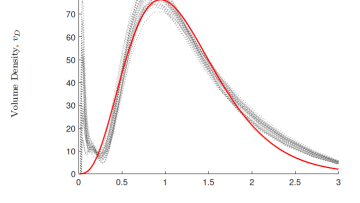About the nature of π: Proofs and conjectures in Lambert's Mémoire (1768)
Abstract
The emergence of analytic methods in the 17th century opened a new way in order to tackle the elucidation of certain quantities. The strong presence of the circle-squaring problem, focused mainly the attention on π, on which besides the serious doubts about its rationality, it arises an awareness---boosted by the new algebraic approach---of the difficulty of framing it inside algebraic boundaries. The term ``transcendence'' emerges in this context but with a very ambiguous meaning.
The first great step towards its comprehension, took place in the 18th century and came from Johann Heinrich Lambert's hand, who using a new analytical machinery---continued fractions---gave the first proof of irrationality of π. The problem of keeping this number inside the algebraic limits, also receives an especial attention at the end of his Mémoires sur quelques propriétés remarquables des quantités transcendantes, circulaires et logarithmiques, published by the Berlin Academy of Science in 1768. In this work, Lambert after giving to the term ``transcendence'' its modern meaning, conjectures the transcendence of π and therefore the impossibility of squaring the circle.



